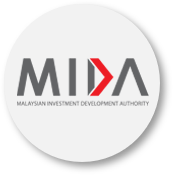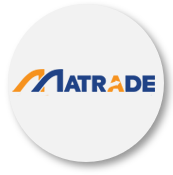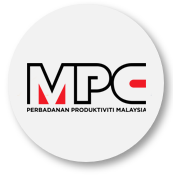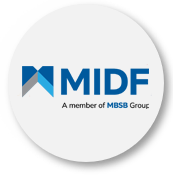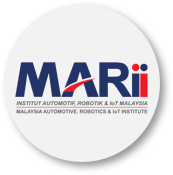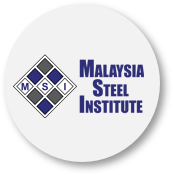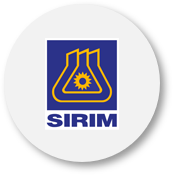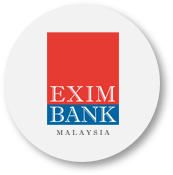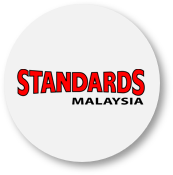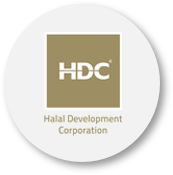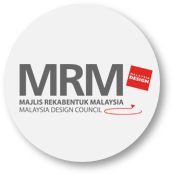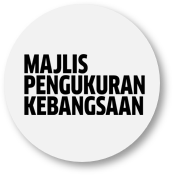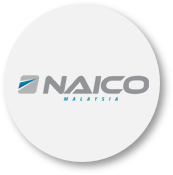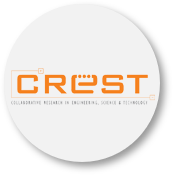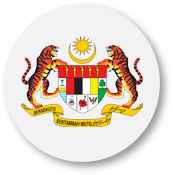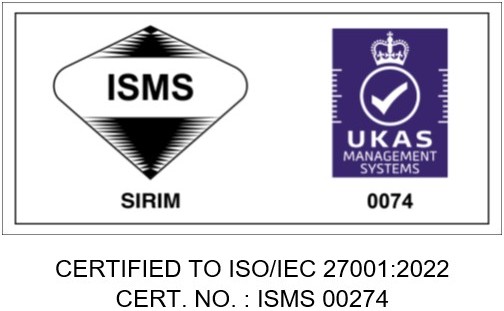The realization of the ASEAN Economic Community by 2015 will see ASEAN as a concert of Southeast Asian nations aiming to create a stable, prosperous and highly competitive ASEAN economic region in which there is a free flow of goods, services, investment and a freer flow of capital, equitable economic development and reduced poverty and socio-economic disparities.
Technical regulations and standards are necessary for a range of reasons, which include environmental protection, product safety, and compliance to heath requirements as well as for consumer information. The important point is that such standards and regulations should not be set arbitrarily and used as an instrument to protect inefficient domestic industries. However, having too many different standards and regulations within a regional economic grouping like ASEAN is costly and poses immense challenges to manufacturers and exporters. This has been one of the main complaints from the private sector. They still view ASEAN as 10 separate markets with varying standards and regulations to comply and posing major obstacles to trade within the region.
The Technical Barriers to Trade Agreement (TBT) tries to ensure that regulations, standards, testing and certification procedures do not create unnecessary obstacles. The mandate of eliminating TBT in ASEAN is lodged with the ASEAN Consultative Committee for Standards and Quality (ACCSQ) which began as early as 1992 in support of realizing the ASEAN Free Trade Area (AFTA).
The ACCSQ expanded the scope of eliminating TBT in response to the goal of ASEAN integration by 2015. Priority integration sectors have been identified and had been the focus of ACCSQ on TBT elimination, as follows: Agro-based products (prepared foodstuff), Automotive, Healthcare products (Cosmetics, Medical Devices, Pharmaceuticals, Traditional Medicines and Health Supplements), Rubber-based products, Electrical and Electronic Equipment, Wood based products, and Building and Construction materials. The ACCSQ also serves as a consultative platform for relevant stakeholders to discuss issues related to standards, technical regulation, and conformity assessment.
The standards and conformance activities in ASEAN aims to eliminate technical barriers through harmonization of standards and regulatory regimes and through establishment of mutual recognition arrangements. The harmonization of standards and technical regulations in ASEAN is governed by the ASEAN Policy Guidelines on Standards, Technical Regulations and Conformity Assessment Procedures which made reference to ISO/IEC Guide 21 Parts 1 and 2 (Regional or national adoption of International Standards and other International Deliverables) as one of the guiding principles.
The ACCSQ adopts the mutual recognition of test results and certificates among Member States which not only simplifies procedures but also reduces transaction costs. This is in recognition that more than standards itself, it is often the duplicative testing procedures arising from different systems of conformity assessment in various Member States that may pose as barriers to trade.
The achievements of ASEAN on the harmonization of standards and technical requirements are as follows:
- Harmonisation of safety and specification requirements covering electrical and electronic equipment, rubber gloves and condoms and rubber-based products with the relevant international standards such as ISO and IEC standards.
- Harmonisation of standards/technical requirements for automotive based on United Nations Economic Commission for Europe (UNECE)Regulations whereby 19 UNECE Regulations have been agreed for harmonisation by 2015.
- Harmonisation of standards on prepared foodstuff products using CODEX standards. Harmonisation is focused on safety requirements on food additives, food contaminants and food contact materials. Harmonisation of technical requirements for food safety through the development and implementation of the ASEAN Common Food Control Systems which also includes common requirements for labelling of pre-packaged food and food hygiene.
- Harmonisation of technical requirements for the pharmaceutical sector through the development and use of the ASEAN Common Technical Requirements and ASEAN Common Technical Dossier. The harmonised requirements have been implemented on 1 January 2009.
- Harmonisation of technical requirements for medical devices through the development and use of the ASEAN Common Submission Dossier Template.
- Harmonisation of technical requirements for safety, quality and efficacy and product placement requirements of traditional medicines and health supplements (TMHS), including Good Manufacturing Practices Guidelines.
- Common procedures on legal metrology such as the ASEAN Common Requirements on Pre-packaged Products and Common Verification Procedures for Non-automatic Weighing Instruments have been completed. Inter-laboratory comparison programs have also been conducted on mass and volume measurement standards among the ASEAN Member States.
The general guideline for the development of ASEAN sectoral Mutual Recognition Arrangements is provided for in the ASEAN Framework Agreement on Mutual Recognition Arrangements where the following MRAs have been established:
- ASEAN Sectoral Mutual Recognition Arrangement for Electrical and Electronic Equipment which was signed on 5 April 2002 and is currently being implemented by all Member States.
- ASEAN MRA for Good Manufacturing Practice (GMP) Inspection of Manufacturers of Medicinal Products Inspection was signed by the ASEAN Economic Ministers on 10 April 2009.
The following Mutual Recognition Arrangements (MRAs) are currently negotiated for the identified priority integration sectors which are anticipated for completion by 2015:
- ASEAN MRA on Type Approval of Automotive Products.
- ASEAN MRA for Prepared Foodstuff Product.
- ASEAN MRA on Building and Construction Materials.
- ASEAN MRA on Bio-Equivalence Study (Pharmaceuticals).
Single regulatory regimes and regional agreements are being established as follows:
- Agreement on ASEAN Harmonized Cosmetic Regulatory Scheme was signed in 2003. The ASEAN Cosmetic Directive of the Agreement has been implemented in 1 January 2008.
- The ASEAN Harmonized Electrical and Electronic Equipment Regulatory Regime were signed in 2005. Mechanisms to implement the Agreement are in place. The transposition of the Agreement into national regulations of ASEAN Member States will pave the way for the full implementation of the Agreement by 2015.
- The finalization of ASEAN Medical Device Directive has been completed and is anticipated to be signed by ASEAN Member States by 2014.
- The ASEAN Agreement on Traditional Medicines and Health Supplements is anticipated to be signed in 2015.
Consistent with the aim of integrating ASEAN into global economy while maintaining centrality in the ASEAN region, the ACCSQ is implementing the Technical Barriers to Trade chapter of existing Free Trade Area (FTA) agreements. This has been realized under the ASEAN-Australia-New Zealand FTA (AANZFTA), the ASEAN-Japan Comprehensive Economic Partnership agreement (AJCEP) and the ASEAN China Free Trade Area (ACFTA).
Notwithstanding the work on-going to facilitate intra-ASEAN trade, ASEAN Member States still maintain the rights to adopt the standards they consider appropriate – for example, for human, animal or plant life or health, for the protection of the environment or to meet other consumer interests. Moreover, members are not prevented from taking measures necessary to ensure their standards are met.
Last Updated 2015-05-14 11:59:39 by admin2







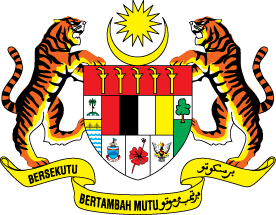





 Home
Home








